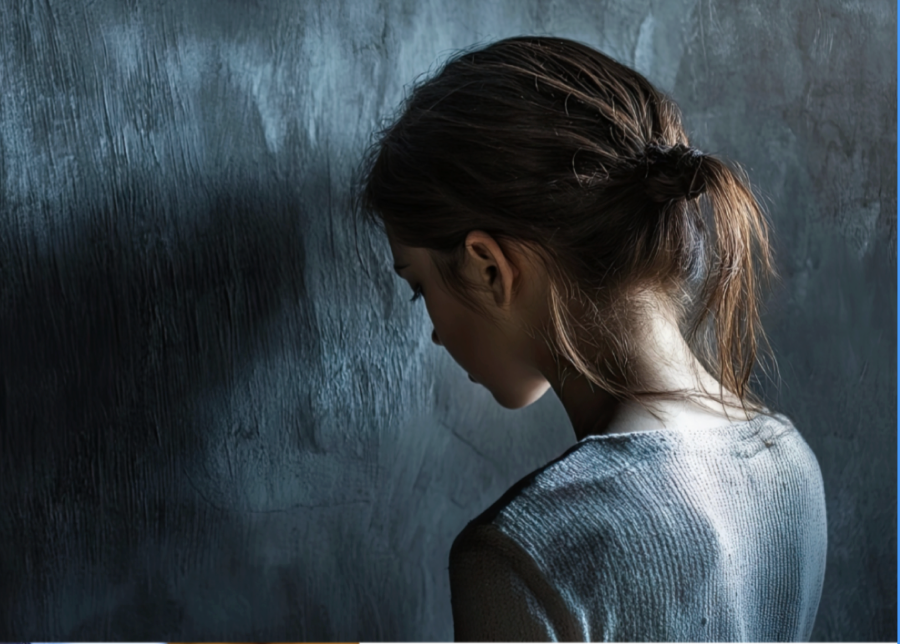By Brian F. Martin
“I feel responsible when something goes wrong — even when I know there are other factors at play. Why do I always assume it’s my fault?”
If that sounds familiar, you’re not alone. Many who grew up in homes where there was domestic violence carry this internal reflex. It’s not a sign of weakness or guilt — it’s a learned response to an environment that makes blame feel like a form of control.
What Is Childhood Domestic Violence?
Childhood Domestic Violence (CDV) is what someone experiences when they grow up in a home living with domestic violence. Through the eyes of childhood, this is violence between parents or toward a parent — physical or non-physical. While CDV is one of the 10 recognized Adverse Childhood Experiences (ACEs), it remains one of the least understood.
Many who experience it don’t even realize they’ve been impacted, especially if they weren’t the ones being directly harmed. But witnessing domestic violence affects the developing brain and nervous system profoundly. And one of its most lasting effects is the belief that “This is somehow my fault.”
Why Do I Feel Like It’s Always Me?
When a person grows up living in an environment marked by chaos, fear, or unpredictability, they instinctively try to make sense of it. They search for patterns, causes, anything that will help them understand or even stop what’s happening.
And because children are naturally self-referencing — they understand the world in relation to themselves — they often conclude: “This is happening because of me.”
That belief can become internalized, even if it was never spoken aloud. A slammed door, a raised voice, a silent treatment — it all gets interpreted through the lens of: “What did I do wrong?”
And over time, that belief becomes automatic. It shows up in school, in relationships, at work. It turns discomfort into guilt and uncertainty into self-blame.
But here’s the truth: It wasn’t your fault then. And it’s not your fault now.
How This Belief Shapes Adult Life
As adults, those impacted by CDV may find themselves constantly apologizing, avoiding conflict, or working extra hard to manage other people’s emotions.
You may feel responsible when a team project fails, even if you did your part. You might carry guilt when someone you care about is upset, even if their emotions have nothing to do with you. You might struggle to assert yourself because the fear of “doing something wrong” is always nearby.
This is not because you’re overreacting. It’s because your mind and body were trained early on to associate peace with perfection — and to link disruption with personal failure.
One of the Most Common Lies
In a book I wrote, Invincible – The 10 Lies You Learn Growing Up with Domestic Violence and the Truths to Set You Free, one of the core lies discussed is: “It was my fault.”
That’s a message many internalize when living with CDV. It becomes a protective mechanism — a way to try to make sense of something senseless.
But it’s not the truth.
The truth is:
- You were a child.
- You did not cause the violence.
- You were not responsible for keeping the peace.
- It was never your job to fix what was broken between adults.
And yet, the belief remains. Not because it’s true, but because it was repeated — by your environment, by your own thoughts, by silence.
You Are Not Alone
More than 275 million children around the world are currently experiencing CDV. And more than double that number of adults experienced it a generation or two ago.
Most never had a name for what they lived through. They didn’t know that “just witnessing” could have such a lasting effect. And many carried the same guilt — the same false belief that they caused what happened.
Naming the experience doesn’t change the past. But it helps you begin to see it differently.
Dr. Renee McDonald, a leading voice in CDV research, put it this way: “Even a small change in perspective can transform a life.”
Steps to Start Shifting the ‘It’s My Fault’ Pattern
If you find yourself feeling responsible all the time — especially in situations that clearly aren’t your fault — here are some tools to begin building a new response:
- Pause the Blame Reflex
When something goes wrong, stop and ask: “Is this actually my responsibility?” Separate what you feel from what is fact. Once you realize you are not guilty, you are free. - Say the Truth Out Loud
It may sound simple, but voice matters. Try saying: “It wasn’t my fault then. And it’s not my fault now.” Hearing that — even from yourself — starts to challenge the old belief. - Notice When You Over-Apologize
If you’re saying “sorry” for things outside your control or just for existing, pause. Ask yourself, “What am I really apologizing for?” - Practice Healthy Boundaries
Remind yourself: it is not your job to regulate everyone else’s emotions. You can care without carrying. - Redirect the Inner Dialogue
When your mind says, “It’s your fault,” gently respond: “That’s an old story. It’s not the truth today.” Ayn Rand put it best in her book Atlas Shrugged, “The worst guilt is to accept an undeserved guilt.”
Reclaiming What Was Always Yours
Responsibility can be empowering when it’s aligned with truth. But when it’s rooted in childhood guilt, it becomes a weight that drags us down.
You can begin to unlearn this pattern. You can stop owning what was never yours to carry.
Visit www.cdv.org to take our free, private 30-second screening, explore tools, and find community.
The guilt you feel isn’t proof of failure — it’s a reflection of what you survived. And now, you can choose a new story.
You are not to blame. You never were.

